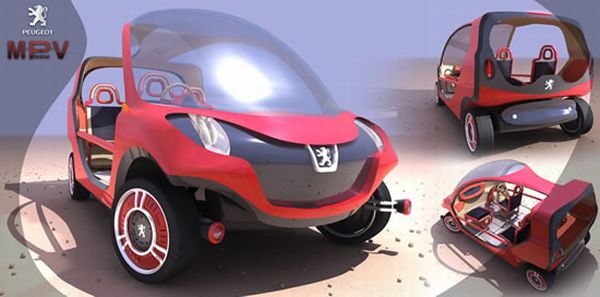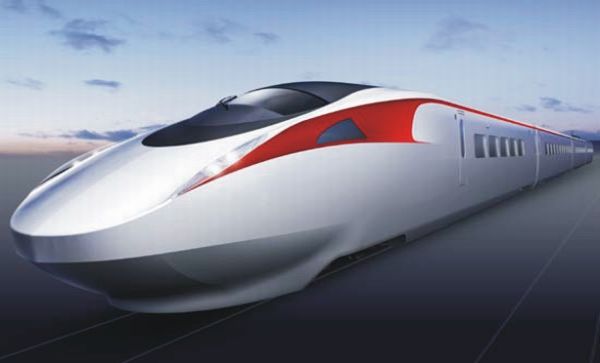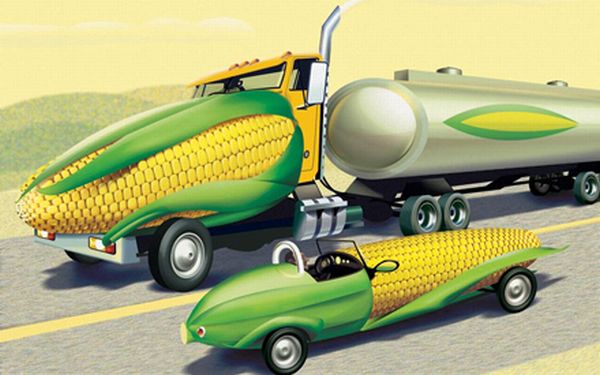
Whatâs happening right now
Flexible fuel vehicles (FFVs) are the automobiles with the combustion engines that can burn a mixture of gasoline and alternative fuels such as ethanol or methanol. In a time petrol prices are rocketing up the significance of flexible fuel vehicles is certainly going up. What makes FFVs, also called dual fuel vehicles distinct in the market is their compatibility to consume a mix of the conventional and alternative fuels. The outcome is that you can both save your money and burn less amount of fossil fuel that is fast depleting. You can store gasoline and ethanol in a same tank in FFVs.
Trends
1. 1996 Ford Taurus
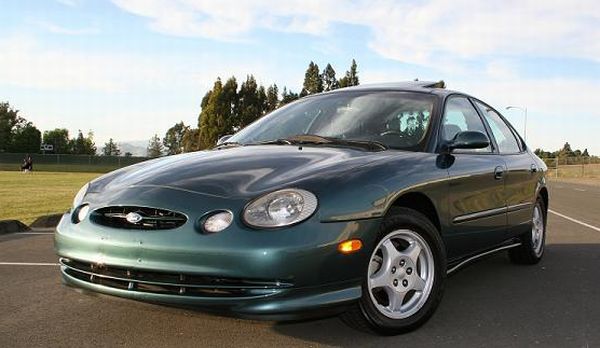
Leading automaker Ford Motors realized the first flexible fuel vehicle in 1996. It was Ford Taurus that the company built up with an engine that can consume either a mixture of ethanol (E85) and gasoline or methanol (M85) and gasoline.
2. 2003 VW Gol 1.6 Total Flex
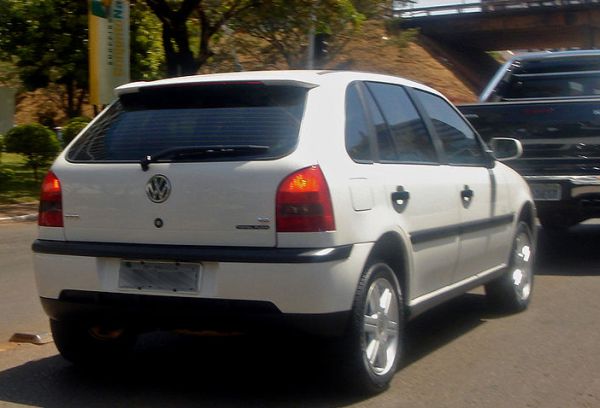
The 2003 VW Gol 1.6 Total Flex is another much-noticed dual fuel vehicle. It was the first commercial FFV that hit the Brazilian market. VW Gol 1.6 Total Flex ran on a mixture of ethanol (E100) and gasoline (E20 to E25 blend).
The concept
It is all about running a vehicle on a blend of conventional fuel and alternative fuel. It is largely proposed both to bring down the consumption of draining fossil fuels, and at the same time, to boost the consumption of eco-friendly biofuels, which are gaining in popularity. Using a blend of petrol and ethanol in a vehicle means you preserve half of the petrol for the future use. Moreover, you utilize either ethanol or methanol, two major biofuel options that are often derived from corps and weeds. Certainly, it lessens your reliance only on conventional fuel options by half. If we have more FFVs on the street, we can cut down a great share of our fossil fuel usage.
The advantages
Protection of fossil fuels: As you fill up only half of your vehicleâs tank with the conventional fuels, you preserve the other half of the stuff for future use. You may know that fossil fuel sources are exhausting very fast across the world. The amount of fuel available for the coming generations is very scanty; so the movements like FFVs end up in better preservation of gasoline. Thus the risks to the earth in excavating fossil fuels can also be reduced.
Eco factor: It is a time alternative fuel sources like biofuel are gaining traction. Ethanol and methanol are two leading biofuel options that you can produce from crops, grains and other plants and leaves. This way, flexible fuel vehicles do not only save the fossil fuel, but also consume eco-friendly alternative fuel.
The impact
Of course, there some aftereffects and disadvantages for anything you do. The below points are the often highlighted demerits of the flexible fuel vehicles. You should be aware of the impact an FFV will cause.
Food price hike: Ethanol and methanol are mainly derived from food crops like corn, grains and sugar cane. There is a huge criticism against the production of biofuels from food products. Many food advocates have warned scientists of the potential threat of food scarcity and food price hike in result of the commercial use of food items for ethanol production. However, much recently, many researches have taken place on the possibilities of using food wastes and other abandoned stuffs to generate biofuels including ethanol and methanol.
Engine damage: It is proven that ethanol and methanol unfortunately cause corrosion and harm to the engine of your vehicle. This challenge can be obviously met by launching special engines that can consume the blend of gasoline and biofuel.
High price: As of now, ethanol is not a commercial product. You canât see as many ethanol dispensing stations as the gasoline stations. No more producers and suppliers are there to bring ethanol to you. So if the demand increases due to the popularity of these kinds of technologies, the price of ethanol and methanol will scale up. This crisis can be well addressed if you have lots of ethanol plants and dispensing stations.



